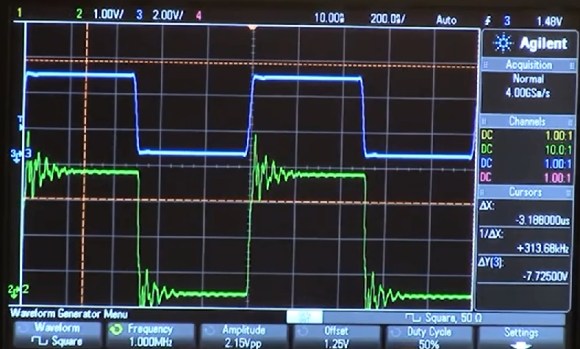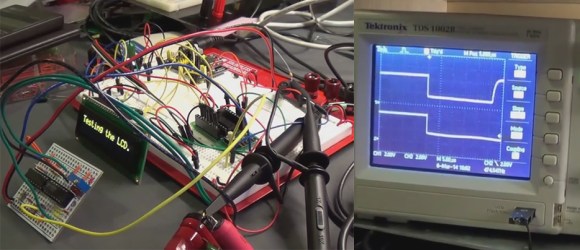In the “Say It with Me” series, we’ll take a commonly used concept out of electronics and explain it the best we can. If there’s something that’s been bugging you, or a certain term or concept that keeps cropping up in your projects, let us know. We’ll write about it!
What’s up with input impedance? You hear people talking about it, but why does it matter? And impedance matching? Let’s break it all down.
First of all, impedance is the frequency-dependent sister of resistance, so for intuition we’ll first work through the cases of purely resistive impedance. And that’s almost fine if you’re only ever working at one frequency. We’ll hint at the full-blown impedance = resistance + reactance version at the end, but it’s really its own topic. For now, pretend that your circuits aren’t reactive.














